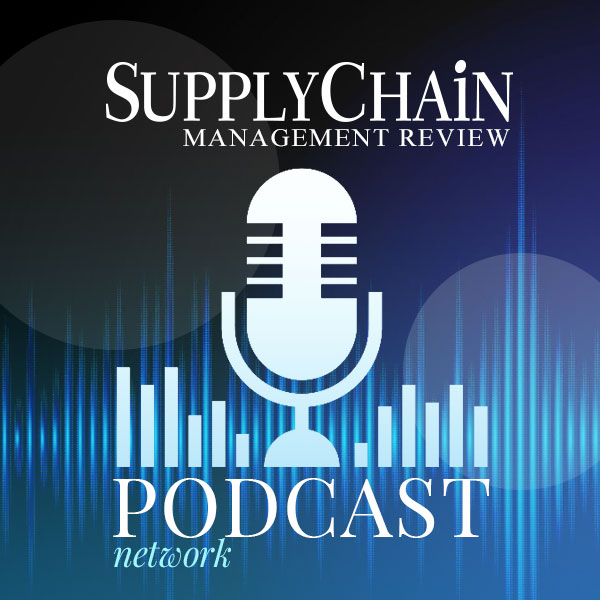Management and leadership are the fulcrums for leveraging labor, and they are weak and under-developed in many supply chains. Management is discovering that the genie is out of the bottle when it comes to technology redefining labor. The reasons are simple.
The economy has created a record number of jobs and unemployment is at nearly the lowest it can be, yet too many workers aren't benefiting. Too many of the new jobs have lower salaries compared to past eras of prosperity. Many companies that have grown rapidly have leveraged “gig economy” technologies that have bypassed traditional employment relationships, leaving workers without healthcare and other important benefits and protections. And the stubborn issues of salaries lagging for women and minorities don't seem to improve substantially.
All these issues plus the widening of the wealth gap will drive more workers toward using technology to gain some degree of control over their destinies. Some evidence suggests that the gig economy and freelancing may help woman seeking equal salaries for the same work. And more companies are establishing in-house “universities” with both in-class and online programs—they've realized that investing in workers is the most effective way to increase their productivity and loyalty.
A conversation with Blake Pinard, head of Shifts at Snagajob, the US's largest platform for hourly work, was enlightening. Snagajob does for labor what ride-sharing apps do for transportation. Objectively assessing skill and experience is difficult for many supply chain jobs, relying on references and their built-in bias. Snagajob uses technology to match skills to jobs, and then record worker performance. Assessing worker talents using technology is just the beginning—workers also assess management at the companies where they work, providing an outside perspective on manager performance.
Mixing and matching talent is just the beginning. Supply chain jobs are famous for demand spikes and crashes. Snagajob's technology facilitates labor mobility, allowing more efficient balancing of labor supply with demand. This also means that the company has a lot of components in place to provide helpful insights from across companies, the way banks like Deutsche Bank can provide interesting industry insights because they handle so many of the documents involved in commerce. Imagine the value of a report that looked across labor needs vertically along a supply chain, or horizontally across competitors in a single tier of a supply chain.
All of these newfound insights will drive shifts in labor. Government will have to get involved to support these shifts. In order to facilitate worker mobility—a key capability for leveraging this technology—the government will have to revisit outdated policies governing our inefficient healthcare and retirement systems. Companies will have to better identify skills needed for jobs not based on detailed SOPs but based on sound principles and practices directly precipitating desired performance outcomes.
Organized labor will also redefine itself away from traditional unions negotiating with one company at a time to thinking more like a community focused on skills, benefits, and standards across industries. Companies will become more willing partners of labor, or suffer the consequences of alienating an entire community versus a single chapter of a union.
And all of this is complicated by upheavals in global supply chains, which even in an era of “trade wars” have seen increases of global trade. Even more indicative are the massive increases in cross-border data flows and economies increasingly characterized by exporting services without having to export people or capital. Services are defined by the knowledge, competence, and experience of workers.
My prediction is that 2020 will be the year of supply chain labor. The transparency revolution is coming. Unlike much of business history where physical capital such as factory machinery and financials like ROI and ROA greatly determined success, an interconnected world only works when we know what we're connecting. The future depends on mixing and matching knowledge and skills of individuals. Supply chain leaders will focus on worker productivity because it will become so visible, as well as “mass customization” of worker relationships.
Are you ready to redefine your relationship with your workers?
SC
MR


Latest Supply Chain News
- Survey reveals strategies for addressing supply chain, logistics labor shortages
- Israel, Ukraine aid package to increase pressure on aerospace and defense supply chains
- How CPG brands can deliver on supplier diversity promises
- How S&OP provides the answer to in-demand products
- AI, virtual reality is bringing experiential learning into the modern age
- More News
Latest Podcast

 Explore
Explore
The Academy News
- AI, virtual reality is bringing experiential learning into the modern age
- Predicting stockouts: Enhancing FMCG resilience through data-driven insights
- Finding the Right Approach for Supply Chain Education
- The Supply Chain Triad
- Innovating Supply Chain Higher Education with Generative AI
- How Smart Supply Chain Management Boosts Brand Identity
- More The Academy
Latest Academy Resources

Subscribe

Supply Chain Management Review delivers the best industry content.

Editors’ Picks





